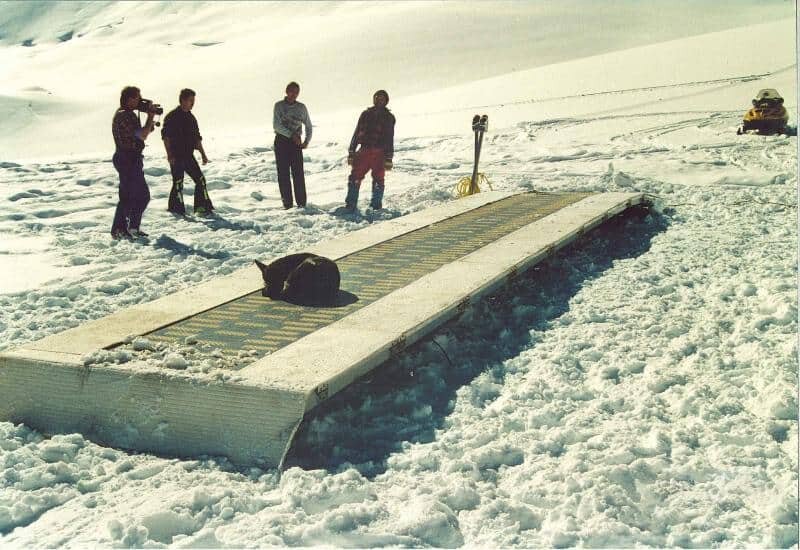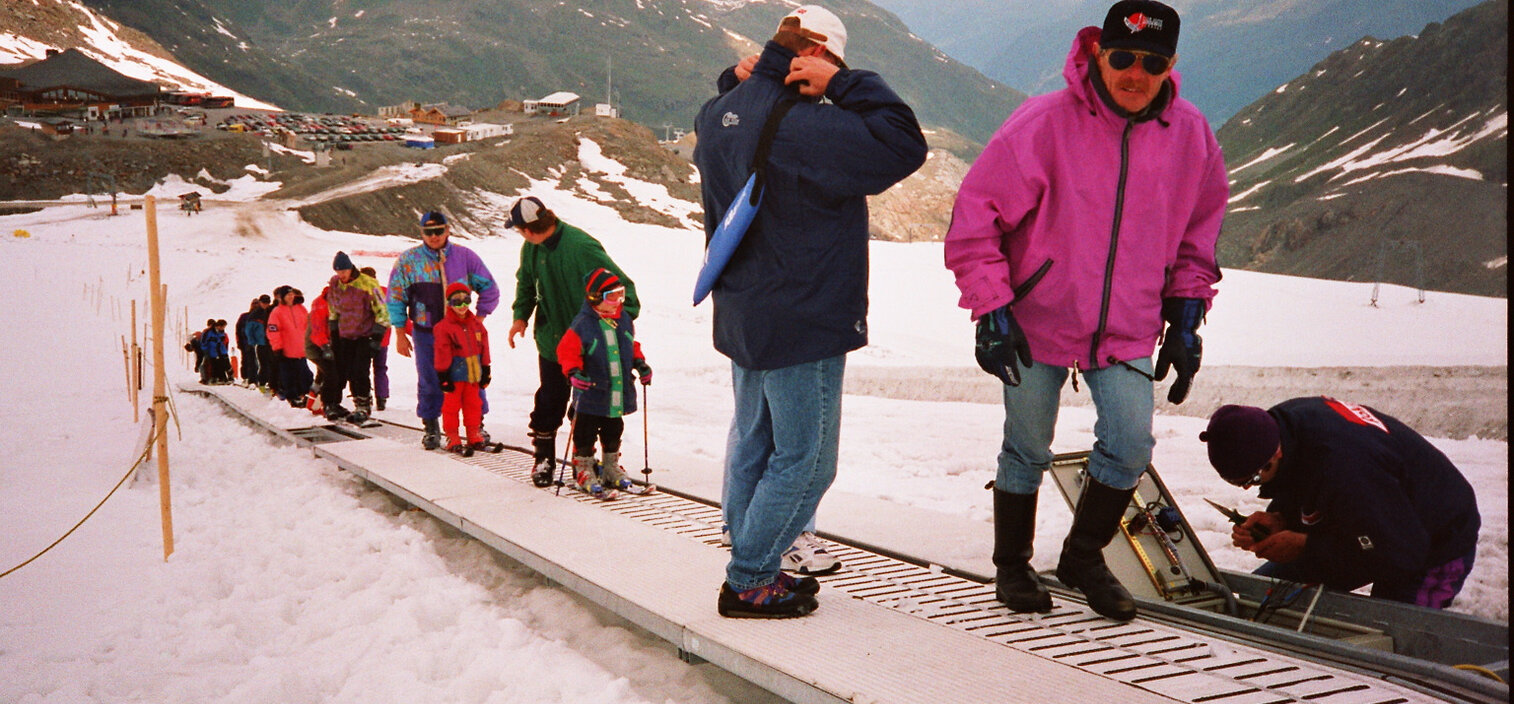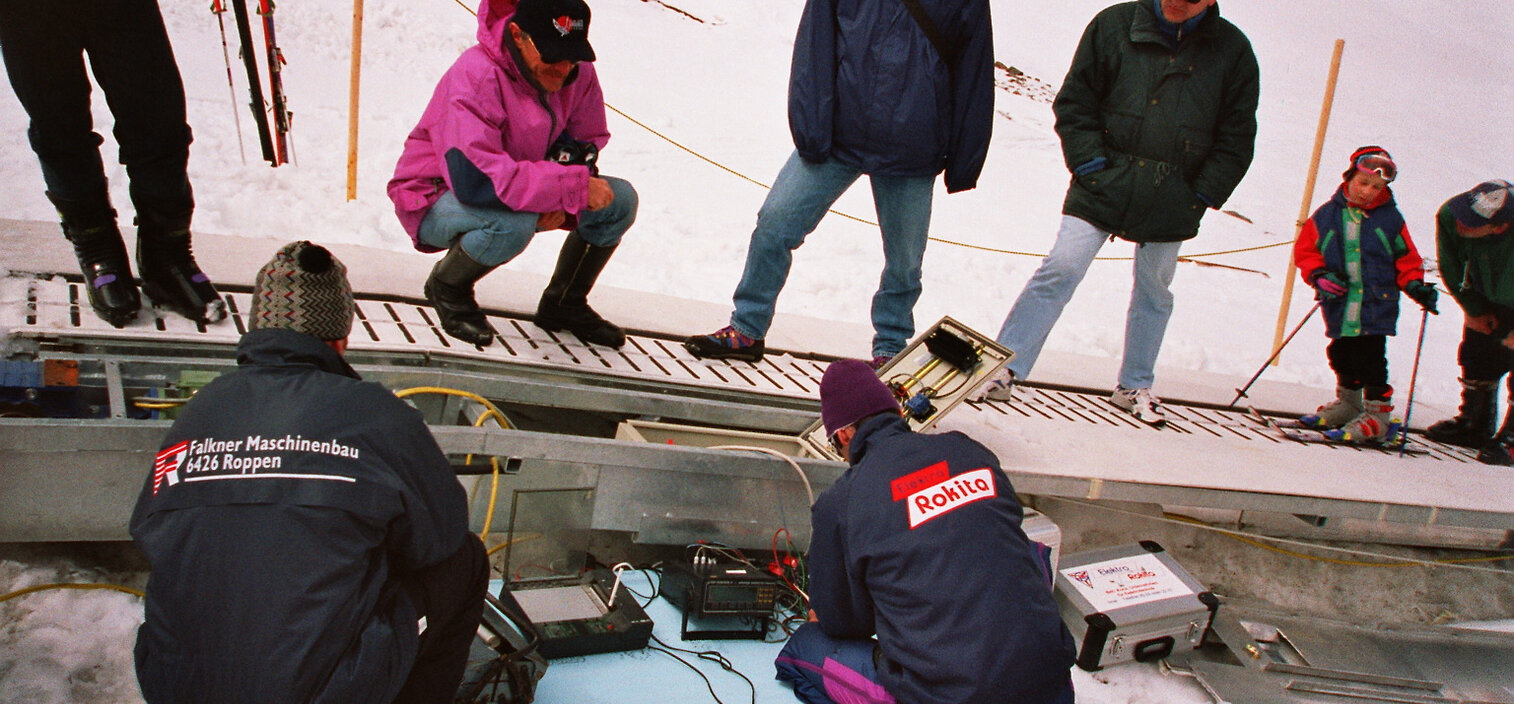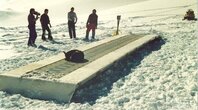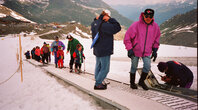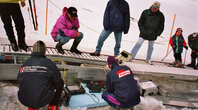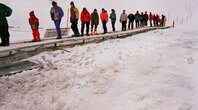How it all began
Ski school lessons as we know them today looked completely different 25 years ago and presented ski instructors and beginners with special challenges. At that time, there were no ski lifts suitable for beginners, so beginners and their ski instructors spent more time and energy climbing uphill than actually learning to ski. The strain on the ski instructors was correspondingly high and the learning success of the beginners correspondingly low.
Many of Austria's leading Ski Schools were only too well aware of this and other problems, and in the mid-1990s more and more initiatives were launched to initiate innovations and reform processes.
The search for a suitable ascent solution was at the top of the list. But what should this look like, and who could develop and produce one?
To consider these questions, a working group consisting of the country's leading Ski Schools was formed in 1996. They brought Dieter Zimmermann on board, a manager at several large German aerospace and engineering companies.
Based on further research and the results from this working group, detailed specifications for a new lift were drawn up in the following weeks and months and the first prototype was developed.
On September 25, 1996, the first tests took place on the Kaunertal Glacier. The KID 900, as the Moving Carpet was called at the time, proved itself outstandingly in the following days and weeks. In sometimes extreme weather conditions, the Moving Carpet was put through its paces. The knowledge gained from this was then used to eliminate potential weak points, increase user-friendliness and finally develop the Moving Carpet into a finished product. This product was to change ski schooling forever, establishing itself as the third mode of transport alongside ropeways and surface lifts.
